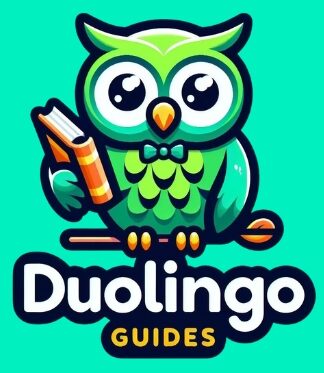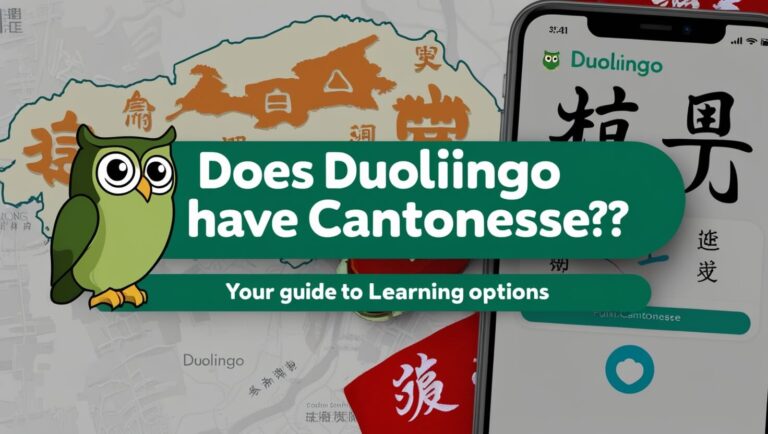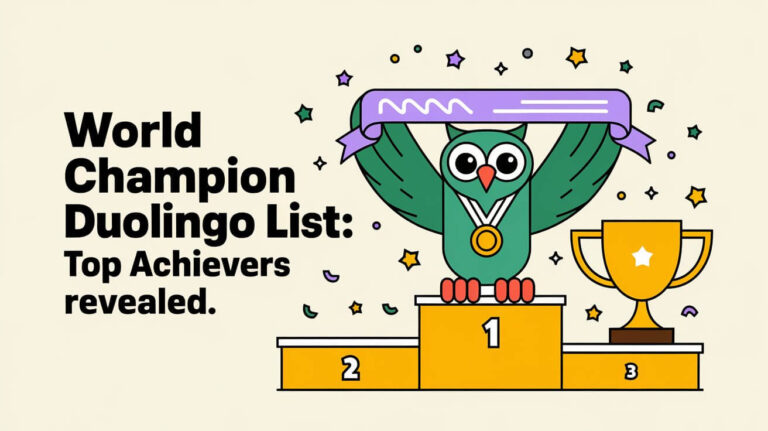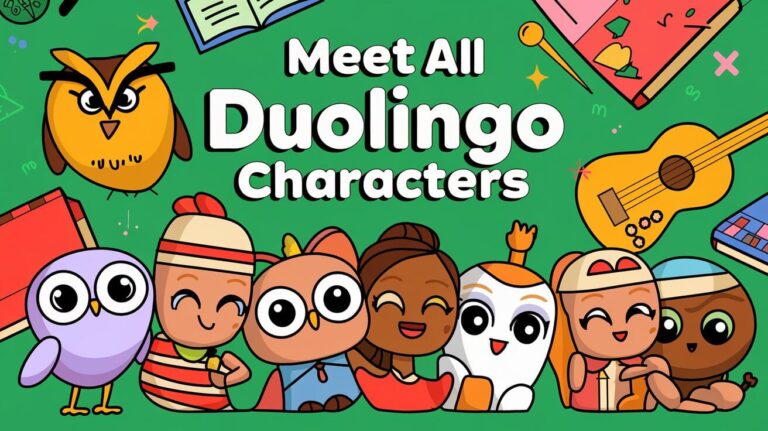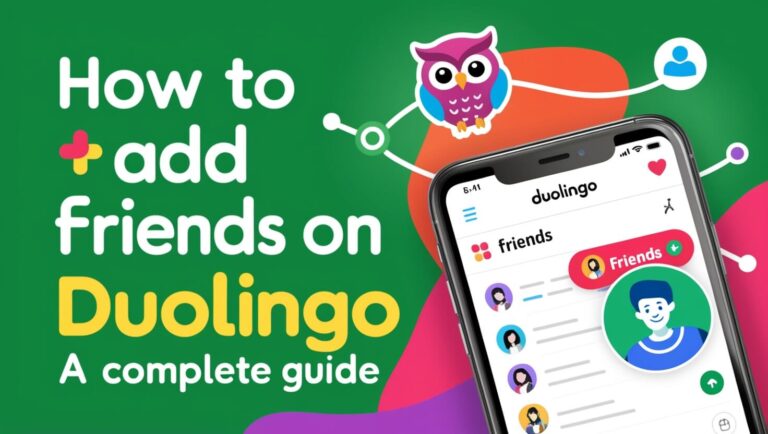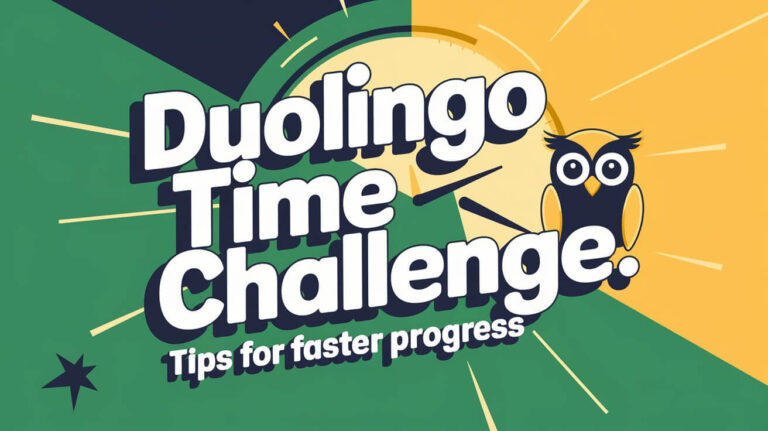Duolingo, the world’s most popular language learning app, was created by Luis von Ahn and Severin Hacker in 2011. This revolutionary platform has transformed how millions of people learn new languages, making education accessible and engaging for users worldwide. In this post, we’ll explore the fascinating journey of Duolingo’s creators, from their initial idea to the global impact of their innovative app.
The Founders of Duolingo
Luis von Ahn: From Guatemala to Silicon Valley
Luis von Ahn’s path to creating Duolingo began in Guatemala. Born and raised there, he witnessed firsthand the stark differences in educational opportunities between the wealthy and the less fortunate. This experience would later fuel his passion for democratizing education.
Von Ahn’s talents in computer science shone early. At 18, he left Guatemala to study at Duke University. His journey continued at Carnegie Mellon University, where he earned his Ph.D. and later became a professor.
Before Duolingo, von Ahn made waves in the tech world. He co-invented CAPTCHA and reCAPTCHA, tools we’ve all encountered online. These innovations caught Google’s eye, leading to an acquisition that set the stage for von Ahn’s next big idea.
Severin Hacker: The Swiss Connection
Enter Severin Hacker, a Swiss computer scientist who would become von Ahn’s co-founder. Hacker was pursuing his Ph.D. at Carnegie Mellon when he met von Ahn. Their shared vision of using technology to solve real-world problems sparked a partnership that would change language learning forever.
Hacker’s background brought a unique perspective to the team. Growing up in Switzerland, a multilingual country, he understood the value of language skills in bridging cultural divides.
The Birth of an Idea
Inspiration from Socioeconomic Disparities
The idea for Duolingo didn’t appear out of thin air. It was born from von Ahn’s experiences in Guatemala. He saw how knowing English could significantly boost someone’s income potential. But quality language education was often too expensive for many.
This realization led to a bold question: Could they create a way for anyone, anywhere, to learn a language for free?
The Power of Free Education
Von Ahn and Hacker believed in the transformative power of free education. They wanted to break down the barriers that kept language learning out of reach for millions. Their goal was ambitious: create a platform that was not only free but also effective and engaging.
Duolingo’s Journey from Concept to Reality
Early Funding and Development
Turning their vision into reality wasn’t easy. The initial funding came from von Ahn’s MacArthur Fellowship and a National Science Foundation grant. These resources allowed them to start building their revolutionary platform.
The team faced a challenge: how to make a free app sustainable. Their early solution was clever. They would offer a crowdsourced translation service, using learners’ exercises to translate web content. This idea evolved as the app grew.
Launch and Initial Growth
Duolingo launched in 2012, and its growth was explosive. The app’s friendly interface, gamified learning approach, and zero-cost model attracted millions of users. People loved the bite-sized lessons and the feeling of progress as they advanced through levels.
Word spread quickly. Soon, Duolingo wasn’t just an app; it was becoming a global phenomenon in language education.
The Technology Behind Duolingo
Gamification and AI in Language Learning
What set Duolingo apart was its use of gamification. Learning felt like playing, with points, levels, and rewards keeping users motivated. This wasn’t just fun; it was based on scientific principles of effective learning.
Artificial intelligence plays a crucial role in Duolingo’s effectiveness. The app adapts to each user’s learning pace and style, providing a personalized experience. This technology ensures that learners are always challenged at the right level.
From reCAPTCHA to Language Education
Von Ahn’s experience with reCAPTCHA influenced Duolingo’s development. Both projects harnessed the power of many people doing small tasks to achieve something significant. In Duolingo’s case, millions of learners contribute to improving the platform’s effectiveness.
Duolingo’s Impact on Language Learning
Democratizing Education
Duolingo has truly democratized language learning. No longer is quality language education the privilege of those who can afford expensive courses or tutors. With just a smartphone, anyone can start learning a new language.
This accessibility has opened doors for countless individuals. From students preparing for international studies to job seekers improving their marketability, Duolingo has empowered millions to expand their horizons.
Reaching Millions Worldwide
The numbers speak for themselves. Duolingo boasts over 500 million downloads and is the most popular education app in the world. It offers courses in over 40 languages, from widely spoken ones like Spanish and Mandarin to endangered languages like Hawaiian and Navajo.
The Evolution of Duolingo
Expanding Beyond Languages
While language learning remains at its core, Duolingo has expanded its offerings. The company now provides courses in subjects like math and music. This expansion reflects the founders’ broader vision of making quality education accessible in various fields.
Duolingo English Test and Its Significance
One of Duolingo’s most impactful innovations is the Duolingo English Test. This online language assessment has revolutionized English proficiency testing. It’s more affordable and accessible than traditional tests, accepted by thousands of institutions worldwide.
The test’s creation shows how Duolingo continues to break down barriers in education. It’s especially significant for international students who previously faced high costs and limited access to English proficiency exams.
Challenges and Innovations
Balancing Free Access with Profitability
One of the biggest challenges for Duolingo has been maintaining its commitment to free education while building a sustainable business. The company has navigated this through a freemium model, offering additional features through Duolingo Plus (now Super Duolingo).
This approach has allowed Duolingo to keep its core offering free while generating revenue to support ongoing development and expansion.
Continuous Improvement and New Features
Duolingo’s creators understand the importance of constant innovation. The app regularly introduces new features and improvements based on user feedback and learning science research. From stories for immersive learning to podcasts for advanced learners, Duolingo keeps evolving.
The People Behind Duolingo’s Success
Company Culture and Values
The success of Duolingo isn’t just about technology; it’s about people. Von Ahn and Hacker have built a company culture that values innovation, inclusivity, and impact. This culture attracts top talent and fosters creativity, driving Duolingo’s continued growth and improvement.
Key Team Members and Their Contributions
While von Ahn and Hacker are the founders, Duolingo’s success is a team effort. The company has brought together experts in linguistics, computer science, and education. Each team member contributes to Duolingo’s mission of making education free and accessible to all.
Duolingo’s Future and Vision
Expanding Educational Offerings
Looking ahead, Duolingo aims to broaden its educational impact. The company is exploring new subjects and ways to make learning even more effective and engaging. This expansion aligns with the founders’ original vision of democratizing education beyond just languages.
Global Impact and Long-term Goals
Duolingo’s long-term goal remains ambitious: to give everyone access to quality education. The company continues to work on making its platform available in more countries and languages, striving to reach learners in even the most remote areas.
Conclusion: The Lasting Legacy of Duolingo’s Creators
Luis von Ahn and Severin Hacker started Duolingo, which became more than just an app. They kicked off a big change in how people learn languages online. Their goal was simple: make good education free for everyone.
Duolingo’s journey shows what can happen when smart ideas meet a desire to help others. The app grew from a small project into a huge platform used by millions. It still follows the founders’ dream of knocking down walls that keep people from learning.
As it gets bigger, Duolingo sticks to what matters most – helping people learn. What began as a free way to study languages has turned into a bright spot for learners everywhere. Von Ahn and Hacker’s work hasn’t just taught words; it’s opened new paths for people all over.
The story behind Duolingo reminds us that big dreams can come true. With hard work and a wish to make things better, you can change lives. Every day, as people learn on Duolingo, they keep the founders’ vision alive.
